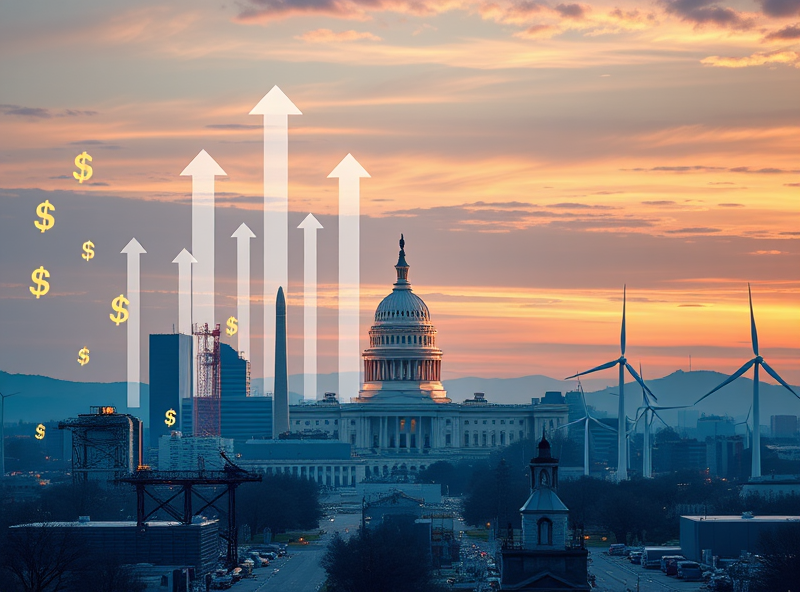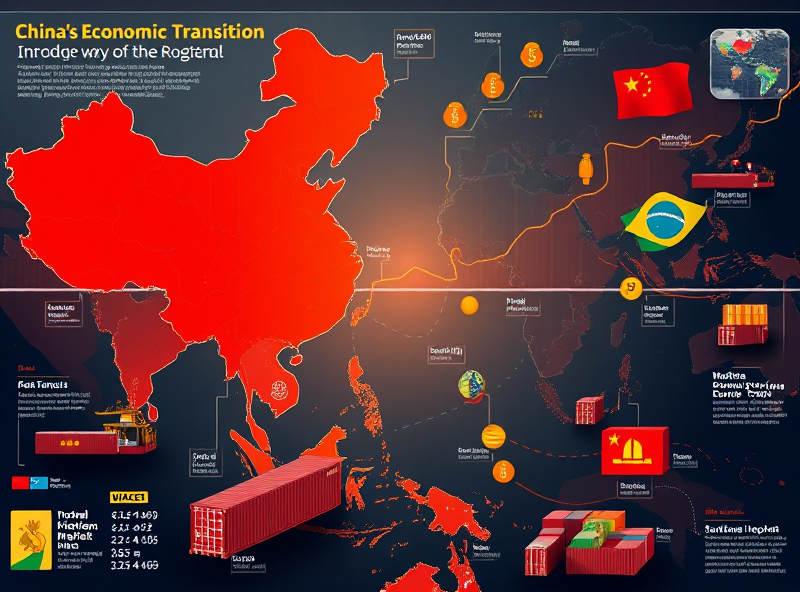Expanding Fiscal Expenditure for Crisis Response

In the wake of the COVID-19 pandemic, the United States has significantly expanded its fiscal expenditure to address crises and ensure economic stability. This shift reflects a broader recognition of the need for proactive government intervention during times of national emergencies. One of the key changes includes increased funding for healthcare infrastructure, such as hospitals, vaccine distribution, and public health programs, to better prepare for future pandemics. Additionally, more resources have been allocated to social safety nets, including unemployment benefits and direct stimulus payments, to support individuals and families facing financial hardships. These measures not only aim to stabilize the economy but also foster resilience in communities by addressing immediate needs and reducing long-term vulnerabilities. Understanding these changes can help individuals and businesses navigate the evolving economic landscape and make informed decisions for their future.
Significant Growth in Subsidy Allocation

In the wake of the COVID-19 pandemic, the United States has seen a remarkable transformation in its subsidy policies, with a significant increase in subsidy allocation across various sectors. This shift is aimed at addressing the economic challenges brought about by the pandemic and fostering long-term recovery. For instance, industries such as healthcare, renewable energy, and small businesses have received increased financial support to ensure stability and growth. This growth in subsidies not only helps businesses recover but also empowers individuals by creating more job opportunities and promoting innovation. For example, renewable energy subsidies are driving advancements in clean energy technologies, which can reduce environmental impact and lower energy costs for households. Understanding these changes can help individuals and businesses better navigate the evolving economic landscape and take advantage of available resources. Whether you’re a small business owner or a professional in a growing industry, staying informed about these subsidy expansions can provide you with valuable opportunities to thrive in a post-pandemic world.
Focus on Key Industries for Strategic Growth

In the wake of the COVID-19 pandemic, the United States has shifted its subsidy policies to focus on industries that are critical for long-term economic growth and resilience. This strategic approach aims to strengthen sectors that not only drive innovation but also create jobs and ensure national security. Key industries receiving attention include clean energy, semiconductor manufacturing, biotechnology, and advanced manufacturing. For instance, clean energy initiatives are being heavily funded to combat climate change while fostering energy independence. Similarly, investments in semiconductor production aim to reduce reliance on foreign supply chains, ensuring a steady supply of these critical components for technology and defense. By prioritizing these industries, the government is not only addressing immediate economic recovery but also laying the groundwork for sustainable growth. Understanding these shifts can help businesses and individuals align their strategies with emerging opportunities, ensuring they remain competitive in a rapidly evolving market.
Global Comparisons and Implications for the US

The COVID-19 pandemic has prompted countries worldwide to rethink their subsidy policies, and the United States is no exception. However, to fully understand the implications of these changes, it’s helpful to compare the US approach with that of other nations. For instance, European countries like Germany and France have implemented extensive wage subsidy programs to prevent mass unemployment, while Asian countries such as South Korea have focused on targeted support for small businesses and technology-driven industries. These strategies highlight the importance of tailoring subsidies to address specific economic challenges. For the US, adopting a hybrid approach that combines broad-based support with targeted interventions could be a way forward. By learning from global examples, the US can enhance its subsidy policies to foster economic resilience, reduce inequality, and promote innovation. Understanding these global trends not only helps policymakers but also empowers citizens to advocate for more effective and equitable economic policies.



